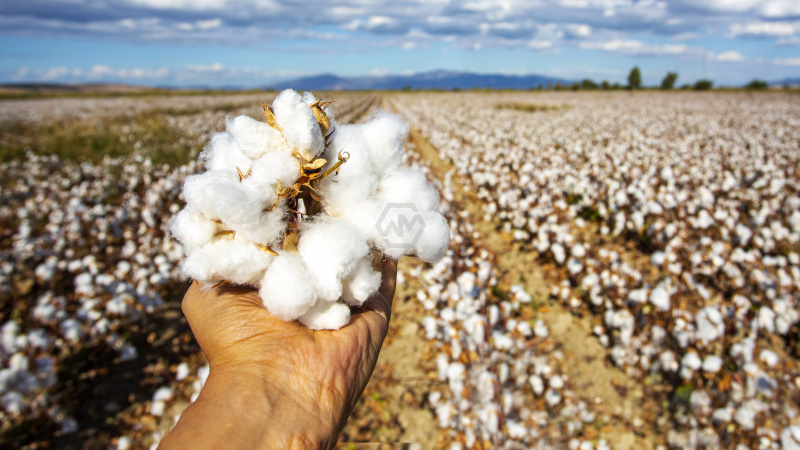The livelihoods of millions of agricultural families around the world depend on cotton farming practices, however, these practices frequently hurt the environment.
Every region that grows cotton is badly impacted by climate change, and small-scale farmers find it difficult to adjust rapidly enough to sustain consistent production. More than 75 percent of the approximately 26 million metric tonnes of annual global production are produced by the major producing nations of India, China, the US, Brazil, and Pakistan.
Water Shortages
Consumption of cotton is the term for the use of cotton fibers by mills to make yarn, usually in producing nations with a clothing industry. The expansion of the harvested area is expected to increase cotton production by 1.6 percent annually. Due to pest issues and a lack of water, yields have been stalling in the major producing nations since 2004.
Small-scale farmers produce 75% of the world‘s cotton, which is grown by an estimated 24 to 32 million farmers on sparse plots of land.
An unprecedented amount of stress has been placed on the supply chain as a result of the Covid epidemic, the US embargo on cotton from China, and the situation in Ukraine. This stress affects transportation, labor availability, access to inputs, and raw materials. The rebound in worldwide consumption in 2021 led to a sharp rise in cotton prices.
- Cotton farming negatively impacts global livelihoods and the environment.
- Cotton consumption in the clothing industry increases by 1.6% annually due to pest issues and water scarcity.
- China protects local output through trade barriers and subsidies; India uses minimum support prices.
Cotton production must be inclusive, and each nation’s government works to encourage local production by putting in place helpful infrastructure. In China, the local output is safeguarded by imposing trade barriers and significant subsidies, whereas India employs tools like a Minimum Support Price to defend farmer income.
An unprecedented amount of stress has been placed on the supply chain as a result of the Covid epidemic, the US embargo on cotton from China, and the situation in Ukraine. This stress affects transportation, labor availability, access to inputs, and raw materials. The rebound in worldwide consumption in 2021 led to a sharp rise in cotton prices.
Cotton production must be inclusive, and each nation’s government works to encourage local production by putting in place helpful infrastructure. In China, the local output is safeguarded by imposing trade barriers and significant subsidies, whereas India employs tools like a Minimum Support Price to defend farmer income.
With the majority of farmers organized in cooperatives and unions or under contract with large farms or ginneries, Ethiopian farmers do, however, have a slightly negative impression of government and farmer organization support.
Future cotton production and demand will be influenced by sustainability issues. Sustainable cotton production is encouraged by voluntary standards. In 2018, the Better Cotton Effort (BCI) accounted for almost 45% of the supply of sustainable cotton, with the Responsible Brazilian Cotton Effort coming in second with 35%. However, because of a lack of demand, 75% of sustainable cotton is sold as conventional cotton.



